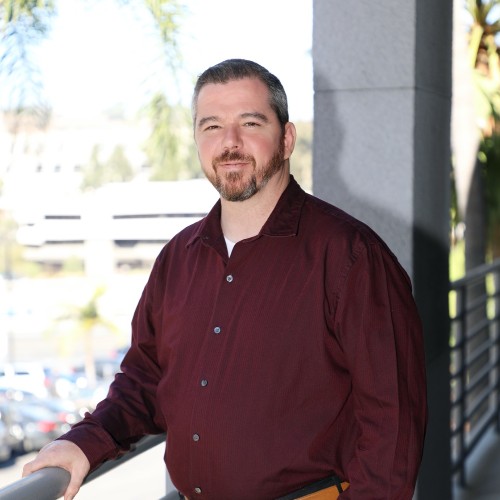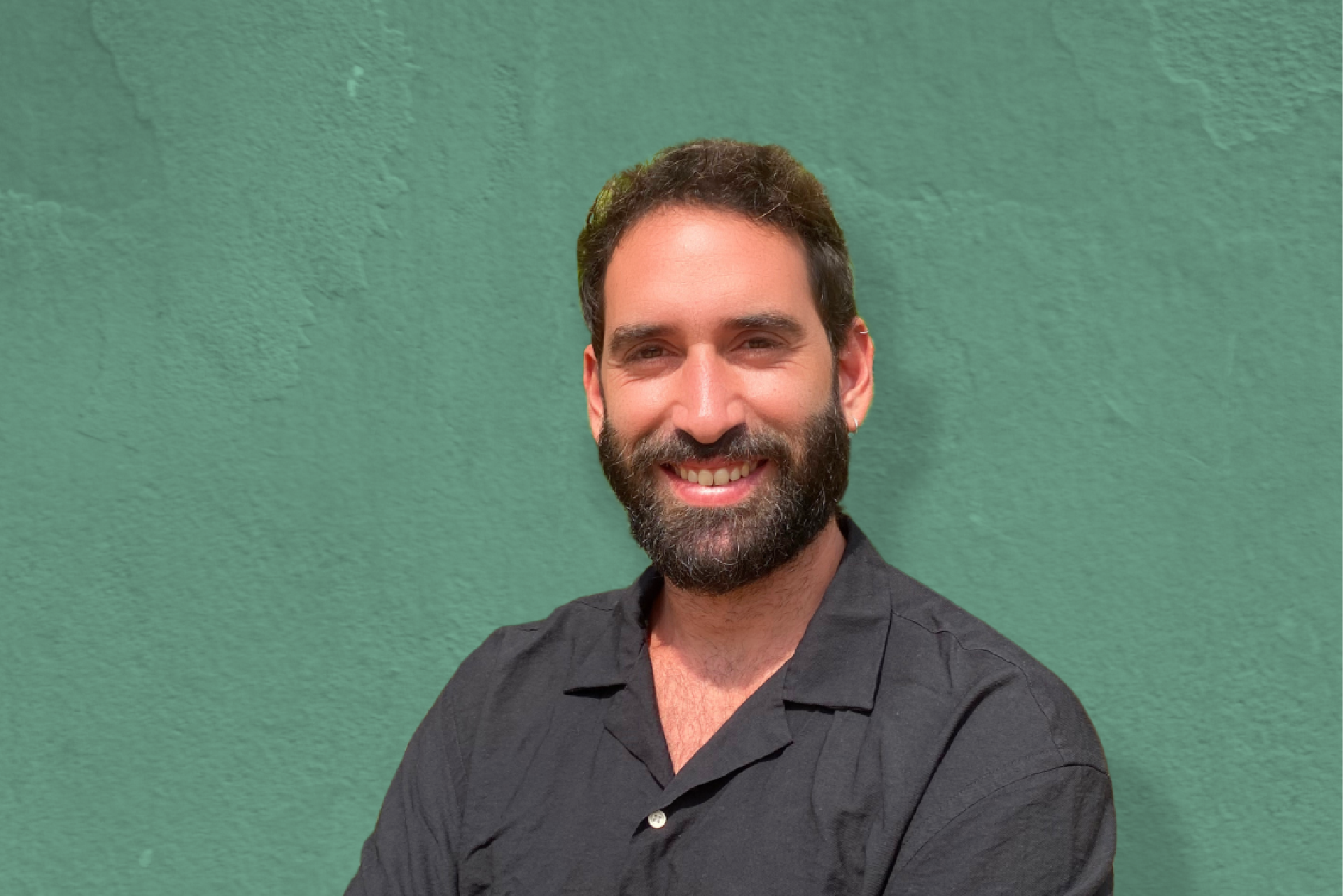
Going Green had the chance to sit down with Sean Spicer, a veteran, author, podcaster, and self-proclaimed anarchist to learn about framing the modern workplace and the exciting things he is working on in cloud transformation.
Tell us about your background:
After leaving San Francisco on foot in 2006 to find a location to start a sustainable homestead, I wound up living off grid in the Northern California Redwoods. From there, I started helping neighbors with their off grid solar systems, and became a California Master Gardener with a focus on soil remediation, and the GM of Mendocino County Farm Supply. I moved on to become COO of Greners.com, one of the largest Hydoponics retailers in the US, and eventually became director of Operations for Real Goods, publisher of the Solar Living Sourcebook and the first company to sell a retail solar panel in the US. I wrote Guerrilla Camping, A Guidebook to Long Term Nomadic Living detailing methods I learned during my long walks across the country.

What caused you to get into your industry?
I spent five years in the US Army, and saw how resources fed wars, particularly oil, and soon, water. Renewable Agriculture and Energy both go hand in hand to help create resilient distributed systems, but personal impact is often inefficient.
What trends are you seeing in your industry?
I now work as a Microsoft Partner focused on cloud transformation. Just as going off grid can actually increase your carbon foot print, moving to the cloud, and removing servers and their related back up generators and cooling systems can reduce carbon foot print. The major cloud companies, Amazon, Google, and Microsoft are able to leverage economy of scale to drastically reduce energy use, while also using huge R&D budgets to do things like Project Natick, where Microsoft recently submerged a data center in the ocean near a tidal and wind farm to create a net zero data center.
What is one Action Item for our listeners and viewers to take away from this conversation?
Thinking beyond yourself, and acting locally, regionally and globally, and partnering with organizations that share you goals can often provide exponentially greater impacts than focusing on lowering your own environmental foot print.
What is a fun fact about you?
If you work professionally with me for a while, you will eventually find out that I am an anarchist, and have used the theory of decentralized leadership to help grow businesses up to 3000%.
Where do you see your industry ten years from now?
I just spent the last two episodes of my show, The Clearly Cloud Podcast interviewing people about the future of AI. We are in the middle of such a fundamental shift it is hard to for see the future. I see centralized IT services living in geographically distributed data centers, running carbon neutral, while employees are able to work from home, with 25% of residential power usage tied to some form of battery storage for peak shaving and distributed microgrids. I am also watching to see if the trend of people LEAVING the cities continues, and what those impacts will be, as living in a rural area often requires more driving and more waste compared to living in large urban centers.
Thank you Sean for taking the time and sharing your experience framing the modern workplace.
Going Green interviews leading experts in cleantech, sustainability, media, finance, and real estate on the Going Green podcast. Tune in and subscribe to the podcast on Apple or Spotify to listen to interviews with leading cleantech and sustainable experts. If you would like to to be featured on Going Green, fill out the interview form Here. If you are interested in writing for Going Green, click Here.




